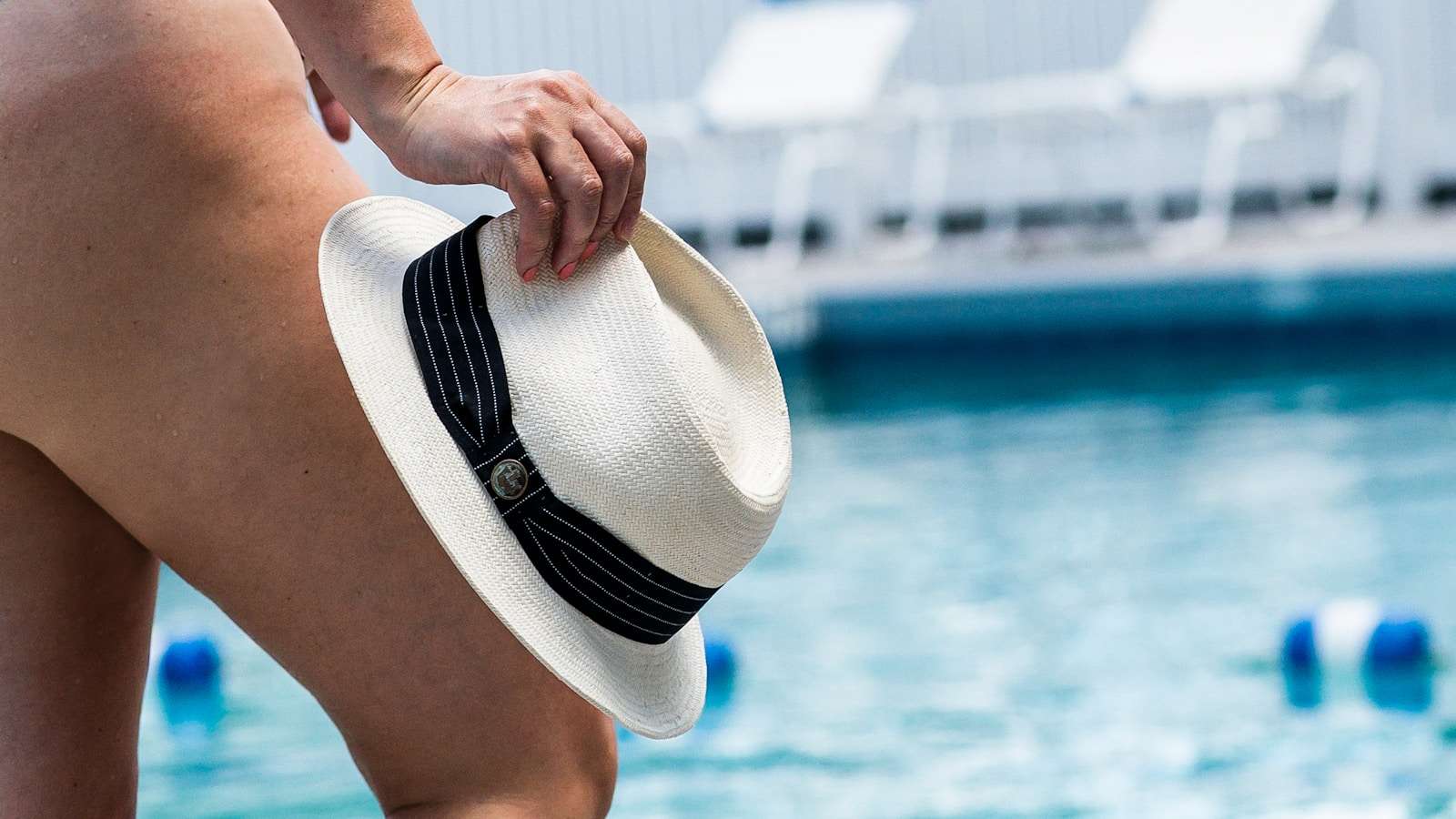Immediate Post-Operative Care
Instructions for the first 24-48 hours after surgery, including pain management and wound care
After undergoing a lower face lift surgery, it is crucial to follow the post-operative care instructions provided by your surgeon to ensure a smooth and comfortable recovery. Here are some important guidelines to follow during the initial 24-48 hours:
İçindekiler
Pain Management: It is normal to experience some level of discomfort or pain after the procedure. Your surgeon will prescribe pain medications to help manage this. Take the prescribed medication as directed, and if you have any concerns or questions about your pain management, do not hesitate to contact your doctor.
Wound Care: Proper wound care is essential in preventing infections and promoting healing. Your surgeon will provide specific instructions on how to clean and care for the incision sites. Follow these instructions carefully, keeping the area clean and dry, and avoid touching or scratching the wounds.
Swelling and Bruising: Swelling and bruising are common after a lower face lift surgery. To minimize these effects, apply cold compresses as advised by your surgeon. This can help reduce swelling and alleviate discomfort.
Activity Restrictions: During the initial 24-48 hours, it is important to rest and avoid any strenuous activities or heavy lifting. Your surgeon will provide specific guidelines on when you can resume regular activities and exercise.
Follow-up Appointments: It is crucial to attend all follow-up appointments scheduled with your surgeon. These appointments allow your surgeon to monitor your progress, remove any stitches or drains, if necessary, and address any concerns you may have.
Remember, every patient’s recovery process may differ slightly, so always consult with your surgeon for personalized post-operative care instructions. By following these guidelines, you can promote proper healing and achieve the best possible results from your lower face lift surgery.
Managing Swelling and Bruising
Techniques and tips for reducing swelling and bruising after a Lower Face Lift
After undergoing a Lower Face Lift, it is important to take proper care of your healing process to ensure optimal results. Here are some techniques and tips to help you manage swelling and bruising.
Ice Packs: Applying ice packs to the surgical area can help reduce swelling and discomfort. Be sure to wrap the ice pack in a cloth or towel to protect your skin.
Elevation: Keeping your head elevated while resting or sleeping can also aid in reducing swelling. Use additional pillows to prop yourself up comfortably.
Avoid Alcohol and Smoking: Both alcohol and smoking can worsen swelling and interfere with the healing process. It is advisable to abstain from these activities during your recovery period.
Follow Post-Operative Instructions: Your surgeon will provide specific post-operative instructions for your Lower Face Lift. It is essential to follow these instructions carefully to minimize swelling and promote proper healing.
Gentle Massage: Massaging the surgical area as instructed by your surgeon can help reduce swelling and promote circulation. Make sure to use gentle pressure and follow the recommended technique.
Stay Hydrated: Drinking plenty of water can aid in flushing out toxins from your body, which can help reduce swelling.
Avoid Strenuous Activities: Engaging in strenuous activities or heavy lifting can increase swelling and delay the healing process. Take it easy and give yourself time to rest and recover.
Remember, every individual’s recovery process may vary, so it is important to consult with your surgeon for personalized advice on managing your specific case of swelling and bruising after a Lower Face Lift.
Incision Care and Scar Management
Guidelines for cleaning and caring for incisions, as well as techniques for minimizing scarring
After undergoing a lower face lift procedure, proper post-operative care is essential for optimal healing and minimizing scarring. Here are some guidelines to follow:
Cleaning: Gently clean the incision area with a mild, non-abrasive cleanser and lukewarm water. Pat the area dry with a clean, soft towel.
Dressing: Your surgeon may provide you with specific instructions on dressing the incision site. Follow their guidelines carefully to ensure proper healing.
Avoid Pressure: Be cautious when applying pressure on or around the incision area. Avoid touching or rubbing the incision, as this can disrupt the healing process.
Scar Management: To minimize scarring, it’s important to keep the incision area moisturized with a recommended ointment or cream. Your surgeon may recommend silicone sheeting or gel to further promote optimal scar healing.
Sun Protection: Protect the incision area from direct sunlight by wearing a wide-brimmed hat or using sunscreen with a high SPF.
Follow-up Appointments: Keep all scheduled follow-up appointments with your surgeon to monitor the healing process and address any concerns.
By following these post-operative care instructions, you can promote proper healing and minimize the appearance of scars after a lower face lift procedure. Remember to always consult with your surgeon if you have any questions or concerns during your recovery period.
Diet and Nutrition
Recommendations for maintaining a healthy diet to support the healing process
After your lower face lift surgery, it is crucial to take proper care of yourself to ensure a speedy and successful recovery. A healthy diet plays a significant role in supporting the healing process. Here are some recommendations to follow:
Eat Nutrient-Rich Foods: Include plenty of fruits, vegetables, lean proteins, and whole grains in your diet. These foods provide essential vitamins, minerals, and antioxidants that promote healing and boost your immune system.
Stay Hydrated: Drink plenty of water throughout the day to hydrate your body and flush out toxins. Proper hydration helps maintain skin elasticity and aids in the healing process.
Avoid Processed Foods: Limit your intake of processed foods high in unhealthy fats, sugars, and sodium. These can hinder the healing process and cause inflammation.
Limit Alcohol and Caffeine: Both alcohol and caffeine can dehydrate your body and interfere with the healing process. It is best to limit or avoid these drinks during your recovery period.
Follow Your Surgeon’s Instructions: Your surgeon may provide specific dietary guidelines based on your unique situation and needs. It is important to follow these instructions for optimal recovery results.
By following these diet and nutrition recommendations, you can support your body’s healing process after a lower face lift surgery. Remember to consult with your healthcare provider for personalized advice tailored to your individual needs.
Physical Activity and Rest
After undergoing a lower face lift procedure, it is crucial to strike a balance between resting and engaging in physical activities during your recovery period. Here are some essential instructions to follow:
Instructions for balancing rest and activity levels during recovery
Take it easy: Rest is vital for your body to heal properly. Ensure you get enough sleep and avoid excessive physical exertion, particularly in the first few days after surgery.
Avoid strenuous activities: Engaging in intense exercises or heavy lifting should be avoided for at least a couple of weeks. These activities can strain your healing tissues and prolong your recovery time.
Take short walks: Walking is an excellent low-impact activity that promotes blood circulation and aids in the recovery process. Start with short walks around your home, gradually increasing the duration as you feel more comfortable.
Listen to your body: Pay attention to any discomfort or pain during physical activity. If you experience significant discomfort, it’s a sign that you may be pushing yourself too hard. Always listen to your body and adjust your activity levels accordingly.
Follow specific instructions from your surgeon: Your surgeon will provide you with personalized post-operative care instructions. It’s essential to follow these instructions carefully to ensure a smooth and successful recovery.
Remember that every individual’s recovery process can vary, so take it at your own pace. By following these guidelines and consulting with your surgeon, you can ensure a safe and effective recovery after a lower face lift procedure.
Long-Term Care and Follow-Up
Guidelines for maintaining results and when to schedule follow-up appointments
After undergoing a lower face lift procedure, it’s important to follow proper post-operative care instructions to ensure optimal results. Here are some guidelines to help you maintain your results and know when to schedule follow-up appointments.
Follow Care Instructions: Your surgeon will provide specific instructions for post-operative care. It’s crucial to adhere to these guidelines, which may include keeping the incision areas clean, avoiding strenuous activities, and taking prescribed medications.
Manage Swelling and Bruising: Swelling and bruising are common after a lower face lift. Applying cold compresses as advised by your surgeon can help reduce swelling, while arnica cream or bromelain supplements may alleviate bruising.
Avoid Sun Exposure: Protecting your skin from the sun is essential during the healing process. Wear a wide-brimmed hat and use sunscreen with a high SPF to prevent sun damage.
Maintain a Healthy Lifestyle: Eating a balanced diet, staying hydrated, and getting regular exercise can promote healing and enhance your overall well-being.
Schedule Follow-Up Appointments: Your surgeon will schedule several follow-up appointments to monitor your progress and ensure proper healing. It’s important to keep these appointments as they provide an opportunity to address any concerns or questions you may have.
Remember, each individual’s recovery process may vary, so it’s essential to consult with your surgeon for personalized post-operative care instructions. These guidelines will help you maximize the results of your lower face lift and enjoy a smoother, more youthful appearance for the long term.




